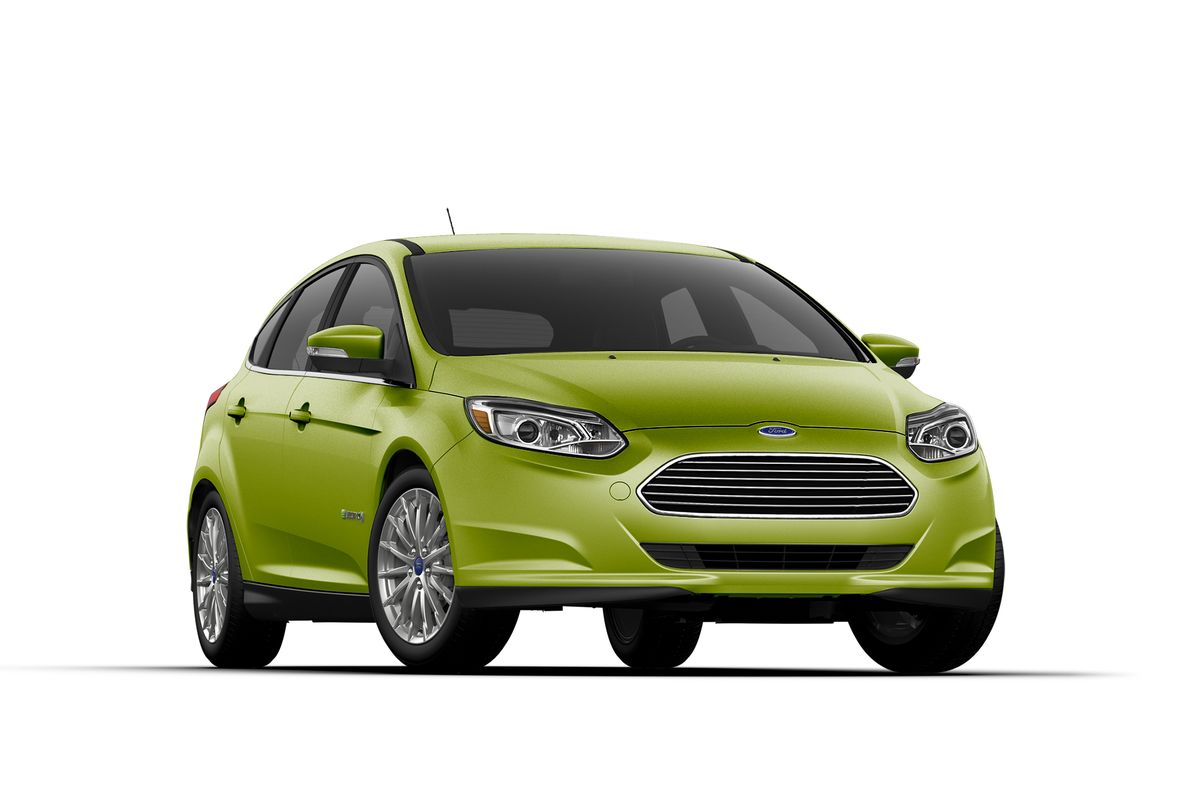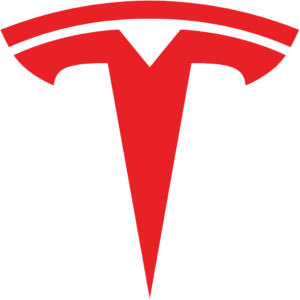How Desperation Stimulates Short-term Rational Thinking…. and Long-term Demise
NOTE: This blog was written in the first two weeks of April, 2020. As such, it cannot and does not anticipate the full effect of the COVID-19 pandemic on the US and global auto industry. Stay tuned…..
In this series of eleven blogs, we will discuss the current situation in Detroit with the traditional “Big 3” – Ford, GM, and Fiat Chrysler (FCAU) – and their upstart rival Tesla. The series will end with specific recommendations as to what the Big 3 must do to survive against Tesla and other electric vehicle manufacturers. The eleven blogs in this series are:
- The Detroit Big 3’s current woes, Part 1
- The Detroit Big 3’s current woes, Part 2
- A brief history of the Big 3’s electric vehicle attempts, Part 1, GM
- A brief history of the Big 3’s electric vehicle attempts, Part 2, Ford
- A brief history of the Big 3’s electric vehicle attempts, Part 3, FCAU and General Big 3 Summary
- What’s so special about Tesla — Part 1, financials and battery performance
- What’s so special about Tesla – Part 2, manufacturing, and cost/time reduction
- What’s so special about Tesla – Part 3, coming Tesla models, etc.
- What’s so special about Tesla – Part 4, Tesla versus emerging competitors
- Why Tesla so successful……..the Company; the Cars
- What’s a poor Big 3 auto company to do now?
A brief history of the Big 3’s electric vehicle attempts, Part 2, Ford:
Ford Motor Company:
As with GM, Ford has a checkered history with electric vehicles. They were researching battery chemistry as far back as the early 1950s, even reporting a “major breakthrough” in the mid-sixties. This was to little avail.
- In 1967 Ford introduced tiny English-produced car they called the “Comuta”, all-electric with a maximum speed of 35 mph and a 40 mile range. This car went nowhere.
- Responding to California’s CARB mandate, in late 1999 Ford then brought out another mini-car (in the US?) called (inappropriately enough) the Think City, in addition to a small Ranger EV pickup truck. Are you getting the feeling Ford’s heart wasn’t in this electric stuff? The mini-car was from Think Global, a Norwegian company Ford bought in 1999. With a top speed of 55 mph and a range of 53 miles, it performed slightly better than the Comuta above. In 2002, after selling about 1,000 Think Citys, Ford pulled the plug on that vehicle.
The Ranger EV pickup, introduced in 1998, was another lease program experiment with a short life. With an 80 mile range and a host of quality problems, Ford again gave up in 2002, terminated about 1,500 leases (only!), and destroyed their re-collected Ranger EVs.
- Fast forward to 2011 and Ford this time came up with a more attractive and viable car – the Focus Electric. Ford contracted most of the development of this car to Magna International. This was a “normal” small car that was peppy and performed fairly well. However, it lacked rear storage space, since Ford’s engineers has placed the vehicle’s battery back there. Note that this car was an ICE-powered car that was converted to battery power, not a clean sheet electric vehicle design. Early on, critics dismissed this vehicle as merely a “compliance car”.
To bolster sales of this vehicle, Ford cut the price on the Focus Electric, added more dealer incentives, and increased the battery size to extend its range to about 115 miles. In 2018 they gave up on this electric car too (yet again) after selling short of 10,000 cars in seven years. In addition, they stopped producing most of their cars (sedans) at that time, in order to make more high profit pickups and SUVs).
- Ford also experimented with plug-in hybrids, i.e., electric vehicles with training wheels in my view, in the 2010 through 2017 years. Two such vehicles were the Ford C-Max Energi and the Ford Fusion Energi. The C-Max for many small reasons was never a hit with the buying public and Ford shut it down in the fall of 2017.
Their Fusion Energi did a bit better, but really wasn’t competitive with Chevy’s Volt and Toyota’s Prius Plug-in hybrids, and indeed was ranked sixth in most popular plug-in hybrid cars in 2018. This model too was eliminated by Ford in its sedan purge in 2018.
- In yet another run at the wall, in late 2015 Ford committed to spending $4.5 Billion in a variety of all vehicles electric – the entire spectrum of battery-powered electrics, hybrids, plug-ins, and various “mobility services”. Furthermore, they assured the public and Wall Street that they forty percent of their Ford nameplates would be offering some kind of an electric vehicle by 2022. Currently, Ford seems to be making insufficient progress toward this goal.
- In October of 2017, in order to accelerate Ford’s move to electric vehicles Ford’s CEO Jim Hackett created Team Edison – a semi-autonomous Ford group with its own “Corktown” plant space dedicated solely to that purpose. Along with this development was a firm decision that Ford would develop no more compliance cars. Watching and worried about Tesla’s growing marketplace success, they were serious this time!
Team Edison’s first electric vehicle will be the Mustang Mach-E, a mid-sized SUV now due out in the fall of 2020 with plans to produce (only) 50,000 of them. The Mach-E has great styling, cued to Mustang’s history. It will have either of two battery pack options – a 75.7 kWh battery pack good for a 230 mile range, or a 98.8 kWh battery pack good for 300 miles. The batteries will consist of pouch configuration cells and will be sourced from LG Chem.
It looks as if Ford has done its homework on this Mach-E and that it has the specs and looks to be an electric winner. It will even have the capability for over-the-air (OTA) updates! Ford has even made arrangements with leading charging station companies to open up charging opportunities for Mach-E customers. Great shades of Tesla! Much remains to be seen, however, as to the Mach-E’s build quality and road performance.
Next in line for Ford will be an all-electric version of Ford’s leading money maker – the Ford F-150, to be followed by an electric Transit van, both probably in 2021.
Blog #5 in this series is: A brief history of the Big 3’s electric vehicle attempts, Part 3, FCAU and General Big 3 Summary
Your feedback in the form of comments and suggestions are welcome in the comment window. Thank you for following my blogs on this site and participating in my blogging community.
Image Courtesy of The Verge




